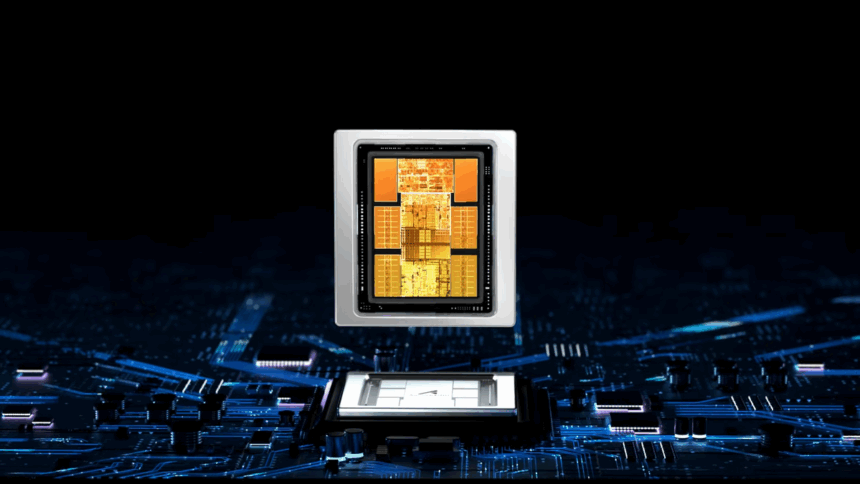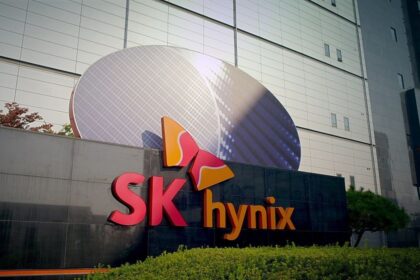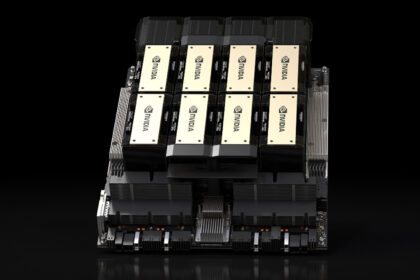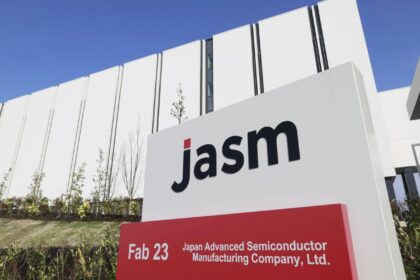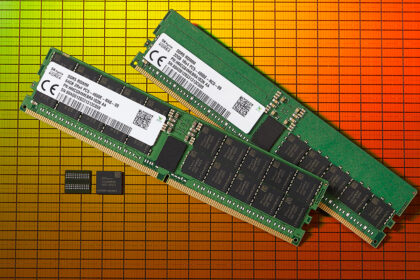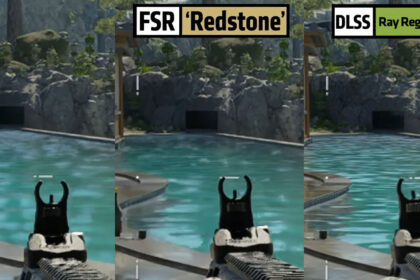Huawei is getting ready to test its newest and most powerful AI processor, the Ascend 910D. Expectations are high, with the company aiming for this chip to outperform Nvidia’s acclaimed H100 and eventually replace top-tier international products in China’s market. According to information from The Wall Street Journal, Huawei has already reached out to several Chinese tech firms to take part in the processor’s technical feasibility trials.
The first samples of the Ascend 910D are expected to be delivered to partners by the end of May, marking an important milestone in the ongoing technology race between China and the United States.
Huawei’s move is part of a broader effort by Beijing to build a self-sufficient semiconductor industry, especially following U.S. restrictions on the sale of advanced AI chips to China. Based in Shenzhen, Huawei has emerged as a key player in developing high-performance AI chips for the Chinese market, working around limitations set by U.S. government policies.
How the Ascend 910D positions itself in the market
Huawei’s New AI Chip Focuses on Raw Power Over Efficiency
Huawei’s latest chip, the Ascend 910D, leverages advanced packaging technologies to integrate more silicon matrices, significantly boosting overall performance. Sources familiar with the project say the company aims for this new processor to outperform Nvidia’s H100, one of the world’s most widely used AI training chips, launched in 2022.
Despite its impressive capabilities, the Ascend 910D consumes more energy and is less efficient than the H100. Still, this aligns with Huawei’s current strategy, which favors maximizing raw performance over prioritizing energy efficiency. A clear example of this approach came earlier this month when the company unveiled its CloudMatrix 384 system. This setup connects 384 Ascend 910C chips and outpaces Nvidia’s top rack system, which uses 72 Blackwell chips.
Rather than solely focusing on enhancing the power of individual chips, Huawei is building larger, faster systems to fully harness the potential of its processors. As the research firm SemiAnalysis pointed out: “Having five times more Ascend chips offsets the fact that each one delivers only about a third of a Nvidia Blackwell’s performance. While energy inefficiency is a concern, it’s not a dealbreaker within China.”
U.S. Restrictions Open Doors for Chinese Chipmakers Like Huawei
Washington’s trade restrictions have created a rare opening for Chinese companies such as Huawei and Cambricon Technologies. Earlier this month, the U.S. government expanded its list of banned semiconductor sales to China by adding Nvidia’s H20 chip—the most advanced model the company could still sell in the country without a special license. As a result, Nvidia announced it would absorb a $5.5 billion loss.
Notably, Nvidia’s H100 chip was already banned from the Chinese market in 2022, even before its official launch. This policy of technological isolation has accelerated China’s push to build homegrown alternatives, turning necessity into opportunity for local tech firms like Huawei.
While manufacturing challenges remain, Huawei and other Chinese chipmakers have started delivering products that offer competitive performance while still a few years behind Nvidia’s latest technology. These companies increasingly rely on chip-packaging techniques that combine multiple processors to boost power, as reducing chip circuitry becomes harder and more costly.
Development at the initial stages
The development of Huawei’s Ascend 910D processor is still in its early phases. Tests will be necessary to assess its performance and prepare the chip for commercial use. Huawei expects to receive the first batch of 910D samples by the end of May, after which technical feasibility trials with selected partners will begin.
At the same time, the company plans to start mass deliveries of the Ascend 910C — the previous version of the chip — to Chinese customers starting next month. Some buyers are even negotiating to boost their 910C orders following the U.S. government’s recent restrictions on Nvidia’s H20 exports. Ironically, the very trade barriers intended to curb China’s tech growth are now accelerating the domestic adoption of Chinese-made solutions.
Competition with Nvidia
Despite its impressive progress, Huawei still faces significant challenges in scaling up chip production. Cut off from TSMC — the world’s leading chip manufacturer — Huawei must rely on Semiconductor Manufacturing International Corporation (SMIC), which is barred from acquiring the latest chipmaking technologies.
Adding to the difficulty, U.S. restrictions have blocked China’s access to crucial AI components like cutting-edge HBM memory. As a result, Huawei is forced to work with older technologies, such as HBM2, and must prioritize raw performance over energy efficiency to stay competitive.
Past experiences have shown that Huawei’s chips haven’t always met expectations. The Ascend 910C, for instance, was marketed as a rival to Nvidia’s H100, but engineers who tested both found that Huawei’s chip lagged in performance. This history raises doubts about whether the new Ascend 910D can truly outperform Nvidia’s offering as promised.
Still, the outlook remains positive for Huawei. With strong support from the Chinese government encouraging AI developers to adopt domestically produced chips, and major state-run centers already relying heavily on local suppliers, Huawei is well-positioned to expand its role in China’s growing AI sector.
Source: WSJ

